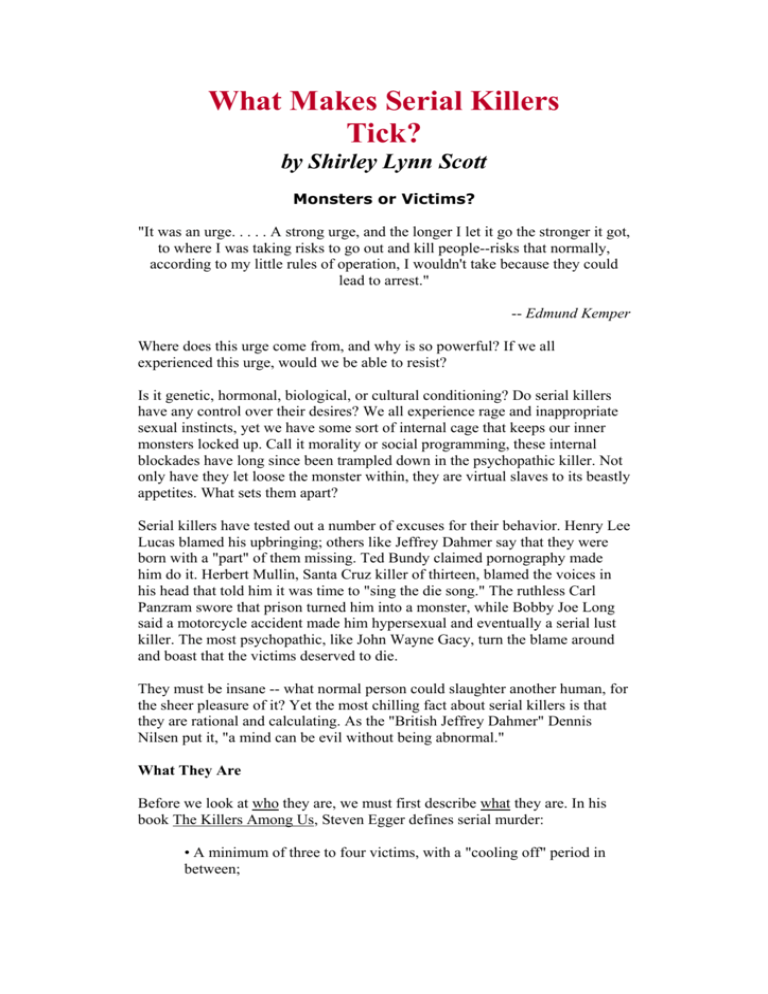

Photo courtesy of Jason Colby, University of Victoria Chimo, a white transient killer whale, and Haida, a southern resident killer whale, were housed at Victoria, British Columbia’s Sealand of the Pacific in the early 1970s. Two captives with entirely different histories.

For the first time in months, the females began to feed and eventually ate the fish offered to them by the aquarium staff. Haida ignored Nootka at first, then retrieved a herring and pushed it through the net mesh. When they arrived at Sealand, the females were kept apart from Haida by a net that divided their tank. Months before, it had taken another act of cetacean altruism to break the fasts of Chimo and Nootka. One night, activists used weights to sink the nets, allowing them to escape, reflecting growing public discontent with such captures. It was an astonishing scene, and it seemed to break the spell-for the next four and a half months, the whales ate the herring and salmon they were fed, until their captivity ended. The male came up beside her, grabbed hold of the head and the two circled the bay, before they each ate half. She grabbed it by the tail, leaving the head hanging out the side of her mouth.

But instead of eating it, he started vocalizing and delivered it to the surviving female. Her body was towed out to sea.Ī few days later, the Pedder Bay male was offered yet another fresh salmon and finally bit. On day 75, one of the females charged the net, got stuck, and drowned.

The three other whales, one male and two females, remained at Pedder Bay and continued their fasts.Īfter 60 days of imprisonment, the three whales were so emaciated the contours of their ribs were starting to show. The white whale, Chimo, and another female, Nootka, endured Pedder Bay for 24 days until they were moved to Sealand to become Haida’s companions. And they refused to eat, despite offers of herring, salmon, and ling cod by their captors. Confined to the bay, they circled repeatedly, occasionally blundering into the net. The next day, two fishing boats arrived with nets to better secure the entrance, and Wright prepared to move two females to Sealand and find buyers for the others.įor the once-free-roaming whales, a heartbreaking drama unfolded. Periodically they dropped exploding “ seal bombs”. To keep the hefty marine mammals away from the flimsy net, the men spent the night banging the hulls of aluminum skiffs with paddles and clubs. The team quickly fixed a ratty gill net across the narrow entrance. Just as the sun was going down, the five whales swam through the entrance of Pedder Bay. Wright’s team was out near Race Rocks in the Juan de Fuca Strait on a windy winter day when they spotted a rare white whale swimming with four companions. It was 1970, the heyday of live killer whale captures in the northeast Pacific, before strong regulations and public outcry stopped the practice. He was determined to find a mate for one of his captive whales, Haida. Wright, the owner of Sealand of the Pacific in Victoria, British Columbia, had assembled a team to hunt killer whales. Article body copyīob Wright had a problem on his hands: five killer whales on a hunger strike. Listen now, download, or subscribe to “Hakai Magazine Audio Edition” through your favorite podcast app. This article is also available in audio format.
WHAT MAKES A SERIAL KILLER TICK RESEARCH INSTITUTE DOWNLOAD
Stream or download audio For this article Novem| 3,500 words, about 17 minutes Share this article Photo by Ian McAllister/National Geographic Creative/Alamy Stock Photo The Hunger Games: Two Killer Whales, Same Sea, Different Diets The Salish Sea’s resident killer whales are in trouble-and garnering all the headlines-but transient killer whales traveling the same waters seem to be doing fine. Transient killer whales, hunters extraordinaire, cruise by a sea lion haulout in the northeast Pacific.


 0 kommentar(er)
0 kommentar(er)
